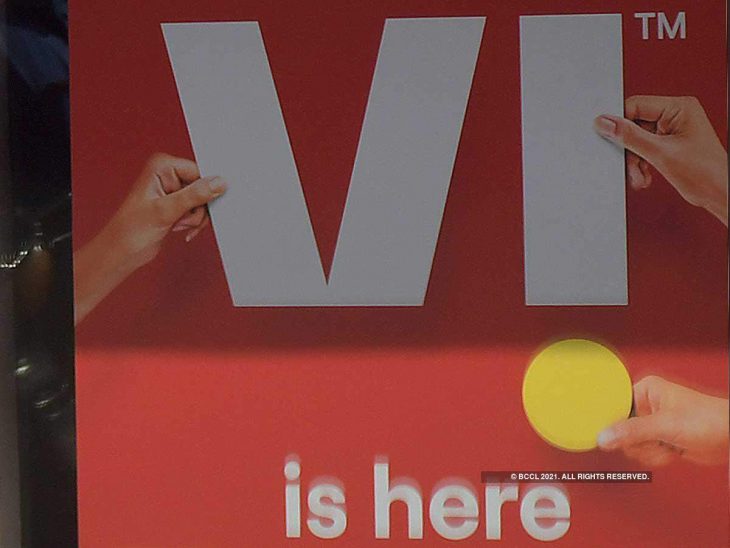Cash-strapped telecom operator Vodafone Idea Limited’s (VIL) future hangs in the balance as it inches closer to bankruptcy. The telco could go out of business soon if it fails to raise adequate capital or receives no support from the government.
If the third-largest telecom company goes under, it will have a widespread impact on existing staff, customers, lenders and even the government. It will also reduce the Indian telecom market to an effective duopoly, leaving behind only two major private players in the market – Sunil Mittal’s Bharti Airtel and Mukesh Ambani’s Reliance Jio.
Read | Why Vodafone-Idea’s financial health has spooked investors
VIL’s absence will not only have a devastating impact on the future of India’s telecom market but also discourage other foreign players from investing in the crucial sector, which is effectively the backbone of India’s future digital endeavours.
In the near term, however, VIL’s bankruptcy could trigger an immediate crisis for the government and lenders. Rescuing the stressed telecom firm from an imminent collapse seems crucial, given the money it owes to lenders and the government.
TRACKING THE VODAFONE IDEA MERGER AND CRISIS
Vodafone Idea came into existence after a merger of two major telecom operators in 2018 – UK-based Vodafone and Idea Cellular, a subsidiary of Aditya Birla Group (ABG). Vodafone Group holds approximately a 45 per cent stake in the company while ABG has just over 27 per cent share.
The two telecom firms had announced a merger in 2017 to tackle the rising dominance of Reliance Jio that took the telecom sector by storm after launching in 2016.
Reliance Jio tasted immediate success as it disrupted the telecom sector by introducing free voice and data plans for its users. Even after the lucrative introductory offer that lasted over a year, Jio kept the prices of its plans low and kept gaining subscribers.
Mukesh Ambani’s telecom venture forced other telcos to sharply revamp their plans, leading to a tariff war never seen before in the sector’s history. Within a couple of years, Reliance Jio pipped major telecom companies such as Bharti Airtel, Vodafone and Idea to become the market leader, emerging victorious in the tariff war.
On the other hand, its legacy competitors suffered deep losses as a result of cutting down prices; they also lost a large chunk of market share to Jio. The fact that older telecom players had to cut down rates hurt operations severely, given their higher debt ratio.
The evolved telecom market dynamics proved hard for all the legacy telecom firms and was the biggest factor behind Vodafone and Idea’s decision to merge three years ago.
The Vodafone Idea merger, valued at $23 billion, created a huge buzz as Vodafone Idea become the largest telecom company in the country, with the largest share of active customers (around 35 per cent after the merger) and subscribers (430 million)
VODAFONE IDEA CRISIS FACT BOX
* Vodafone Idea’s total debt is approximately Rs 1.8 lakh crore, including AGR dues, deferred spectrum charges, and bank loans
* VIL has never reported a quarterly profit after the merger of Vodafone and Idea Cellular in 2018
* The telco posted the highest-ever loss by an Indian firm at Rs 73,878 crore in FY20
* Vodafone Idea has a negative net worth of over Rs 44,000 crore
* The telecom firm has lost over 50 million subscribers since January 2020
* The company may head towards bankruptcy without immediate relief measures or adequate fundraising
MASSIVE DEBT AND MOUNTING LOSSES
Despite Vodafone Idea’s best efforts to increase operational profit, Reliance Jio’s aggressive pricing was too much for it to handle.
Vodafone Idea kept losing customers and struggled, evident by its poor company results since the merger — the telco has never reported a quarterly profit since the merger.






Leave a Reply